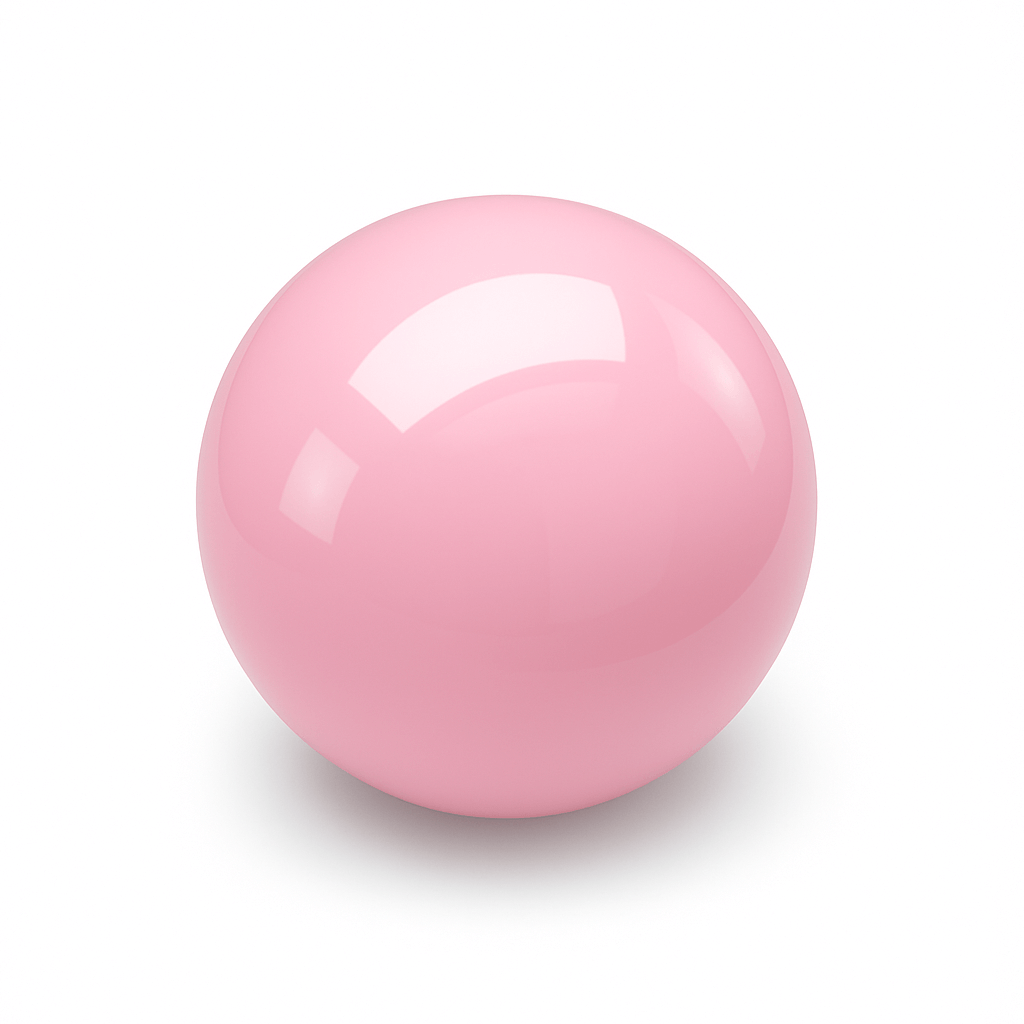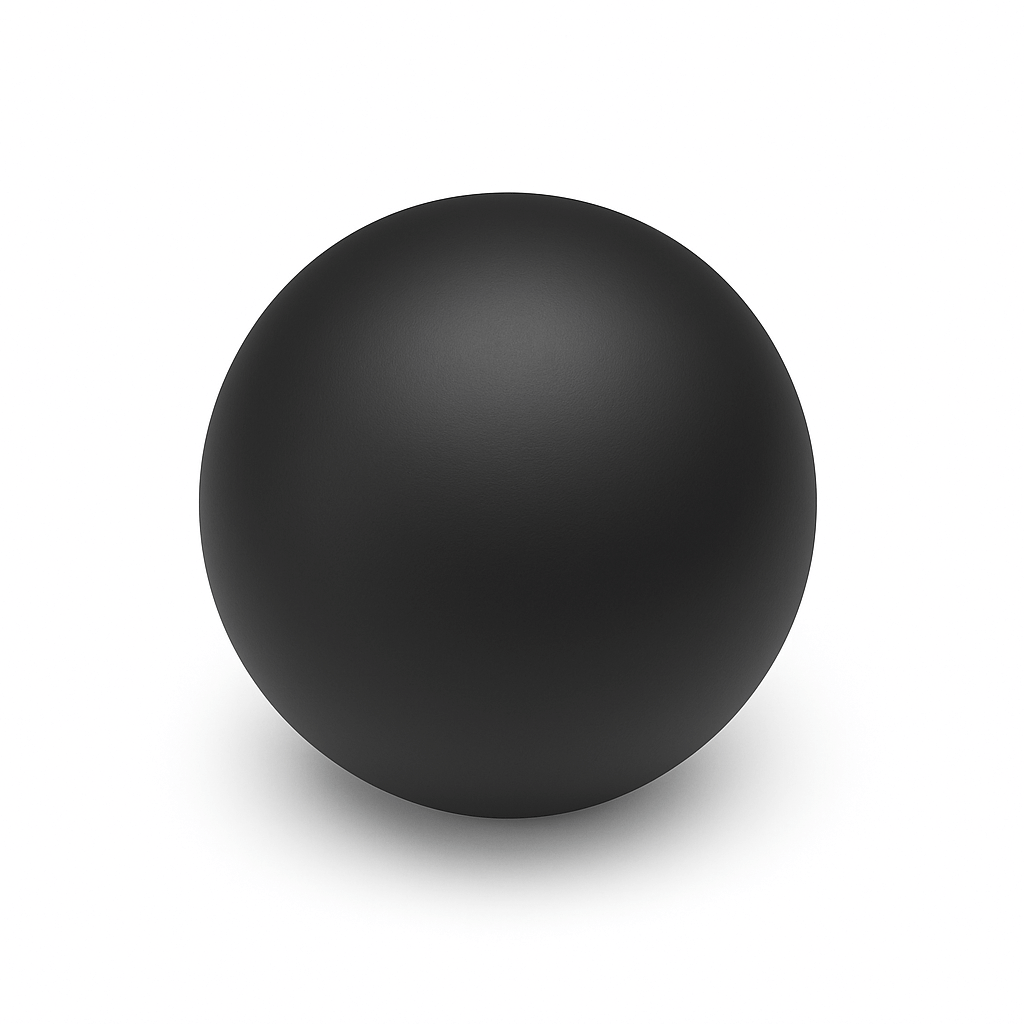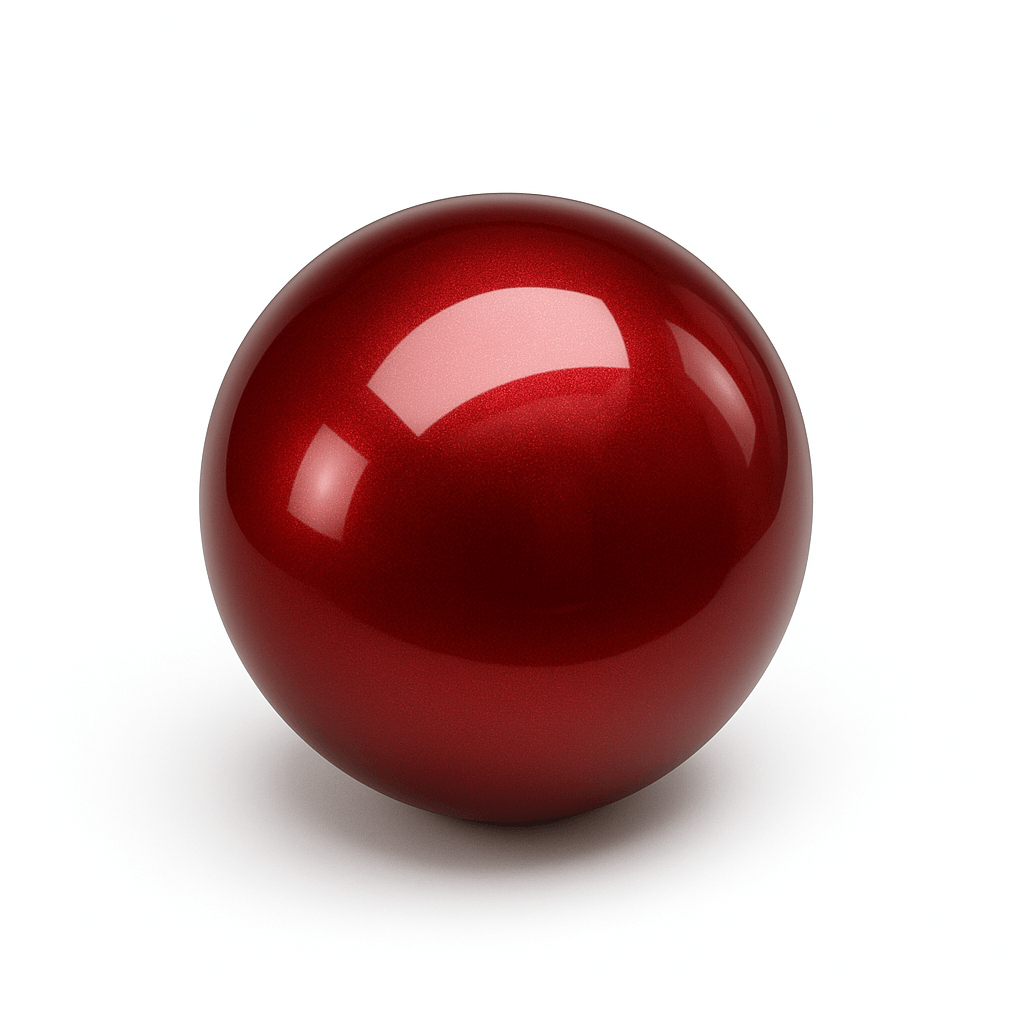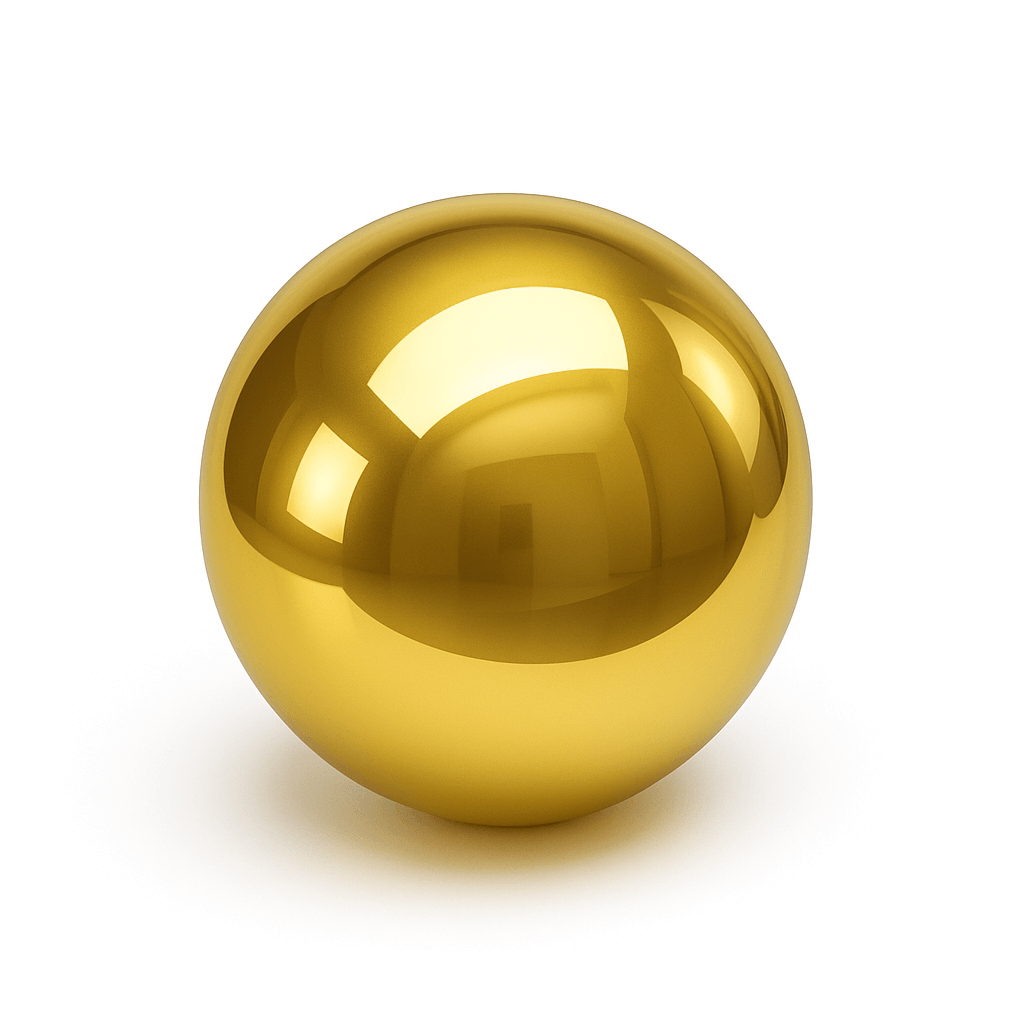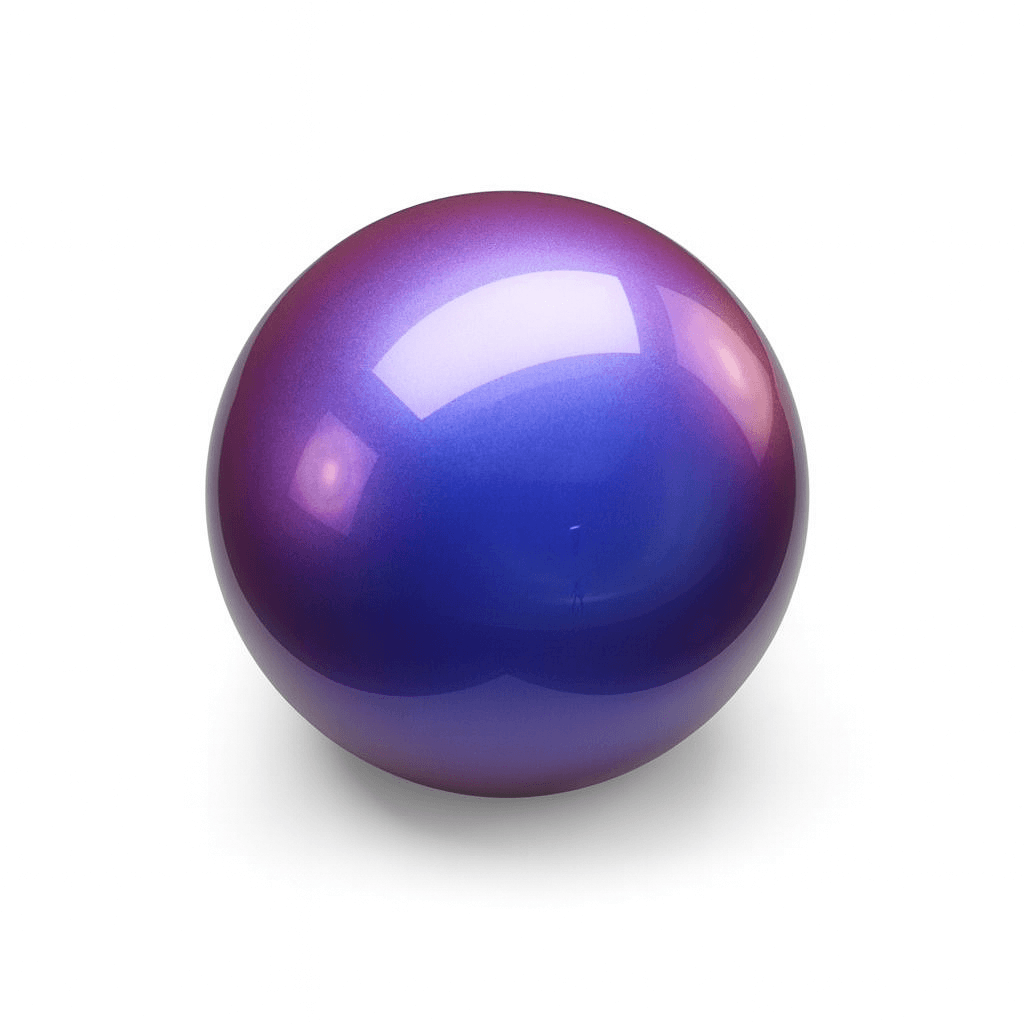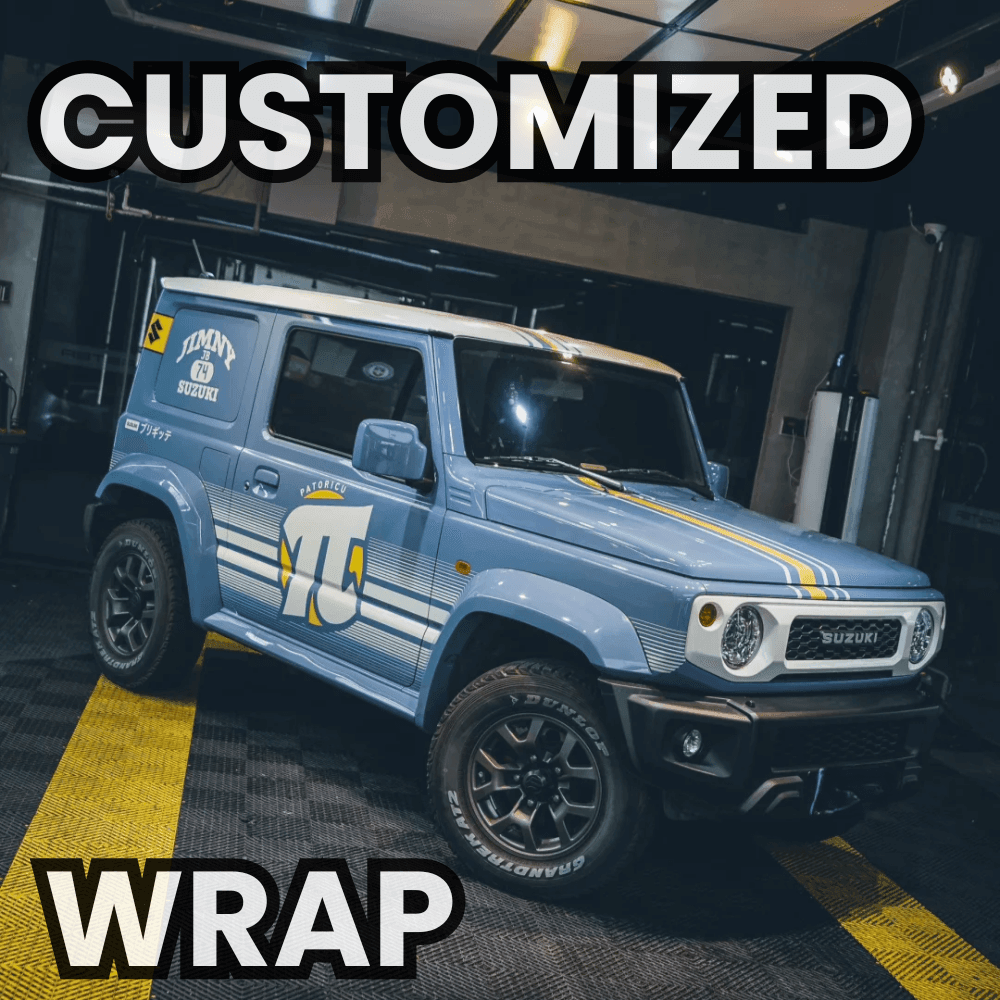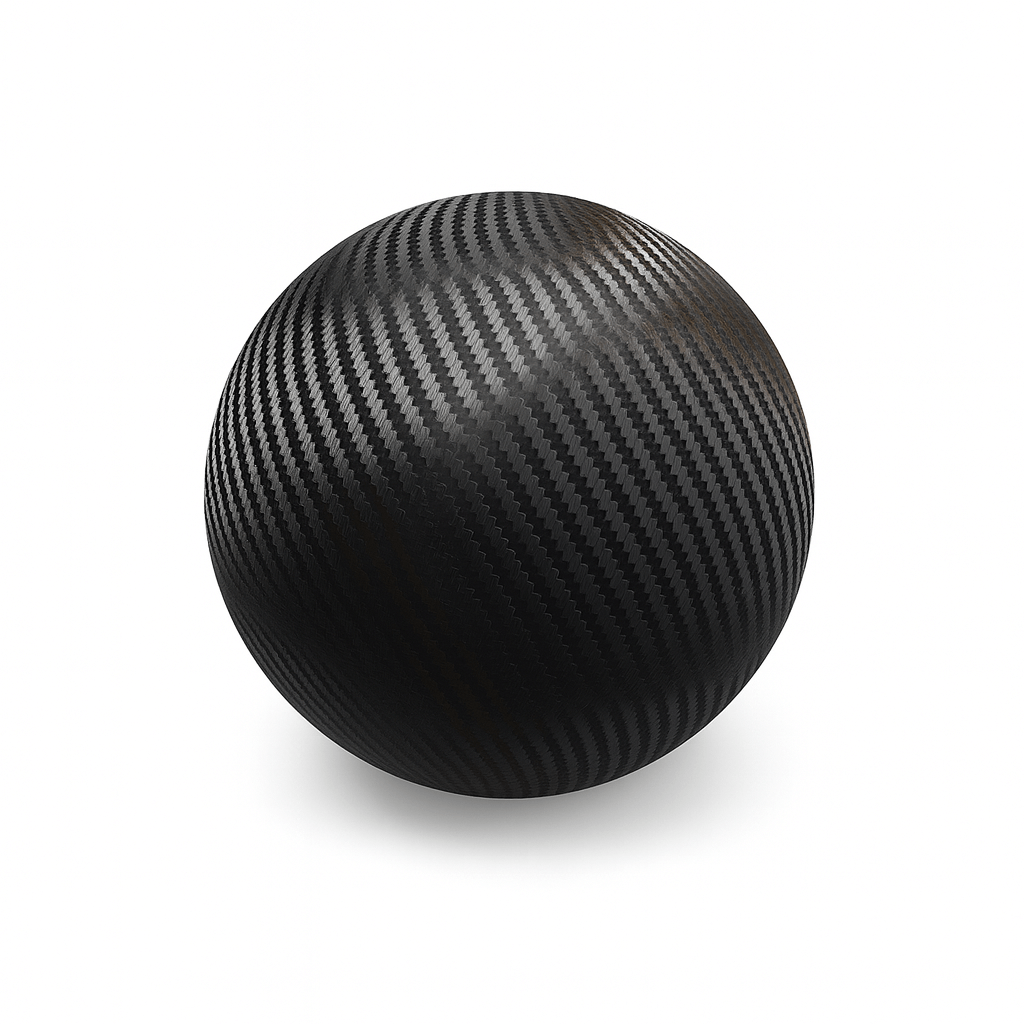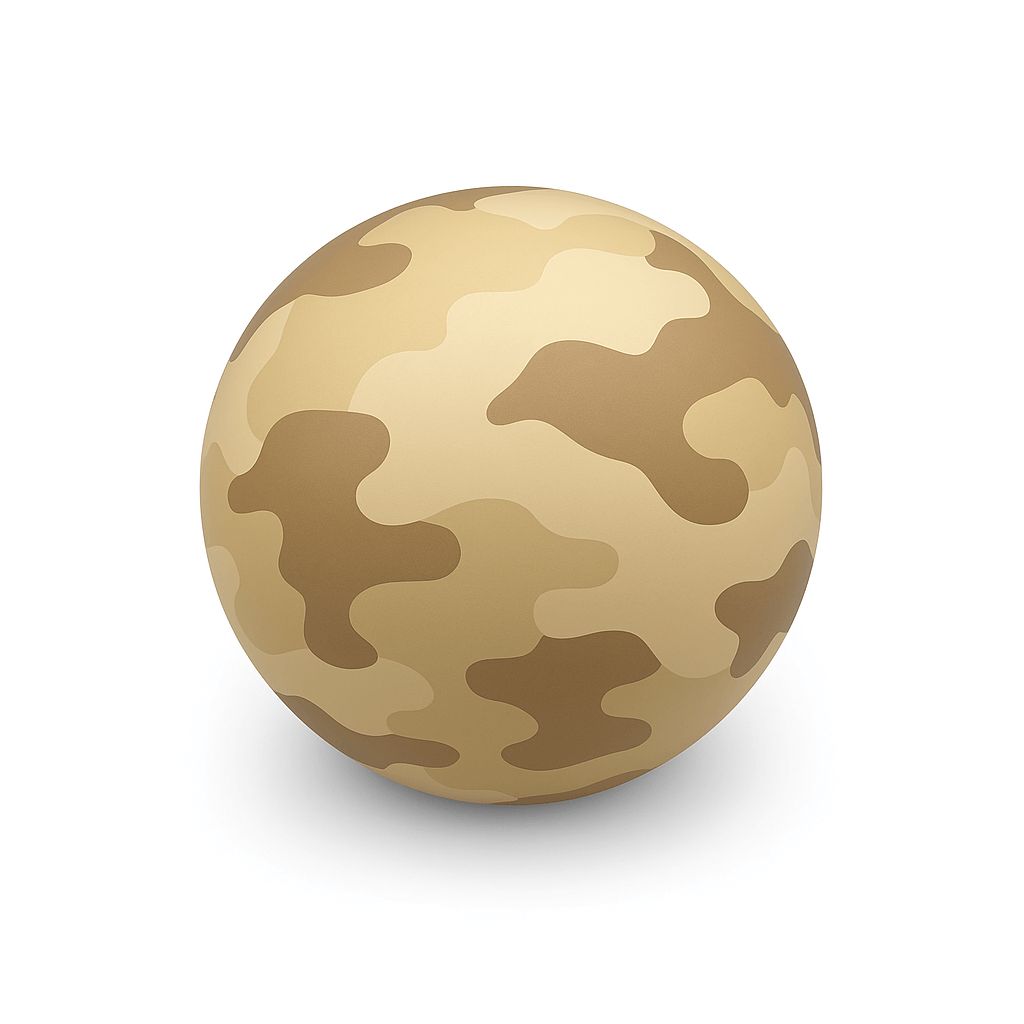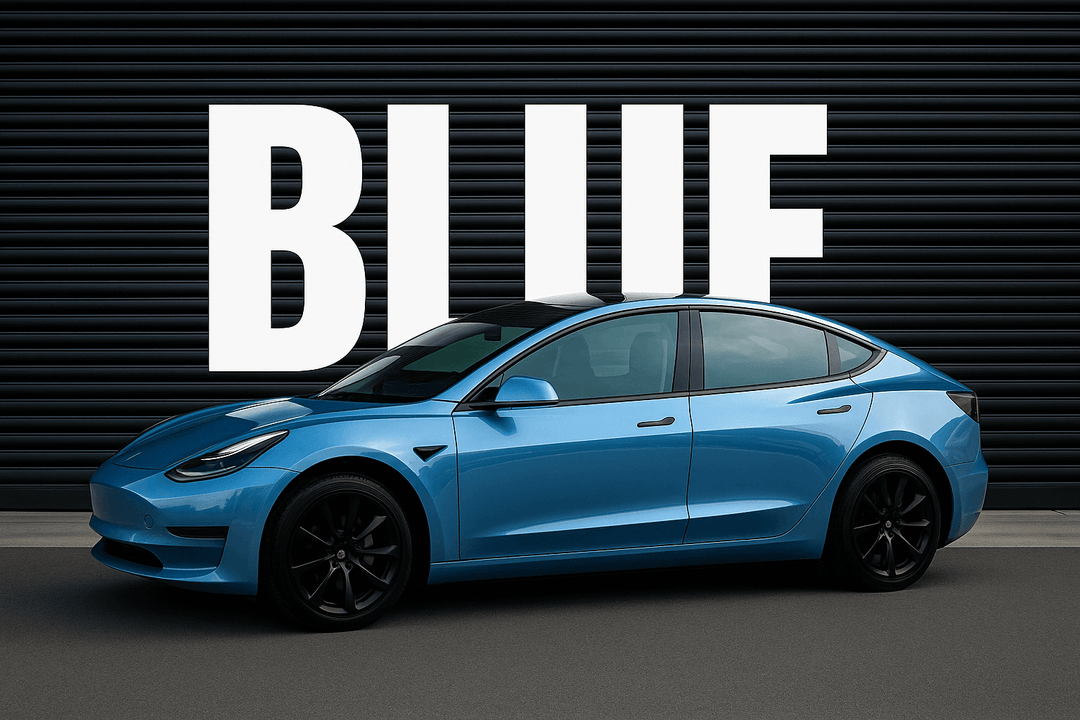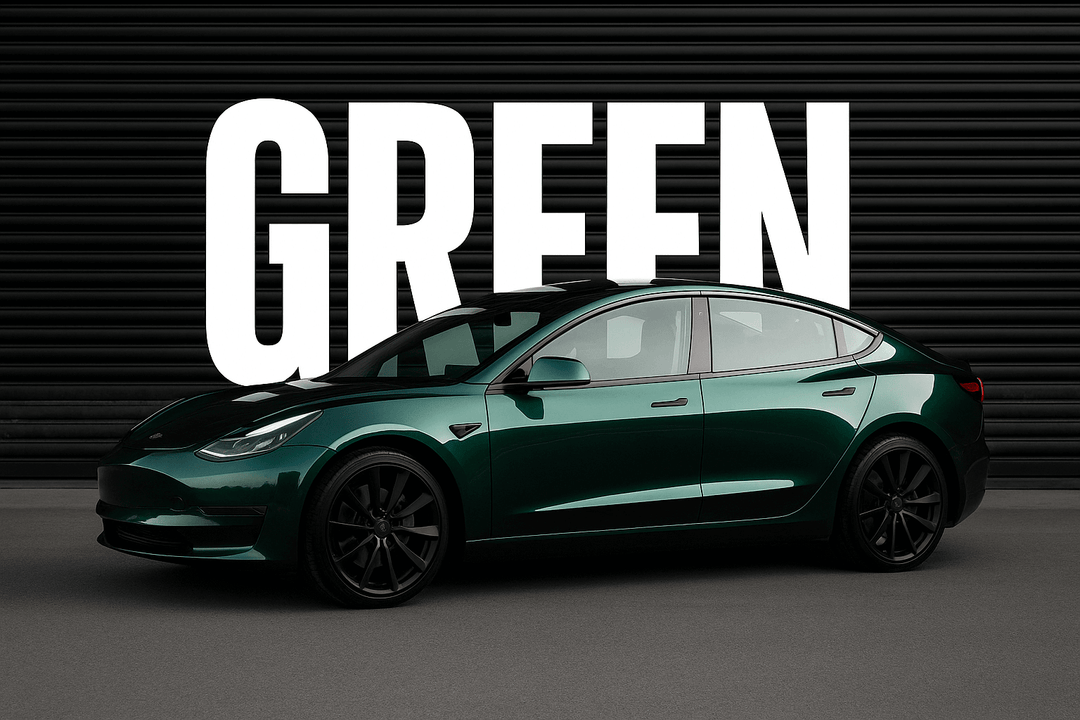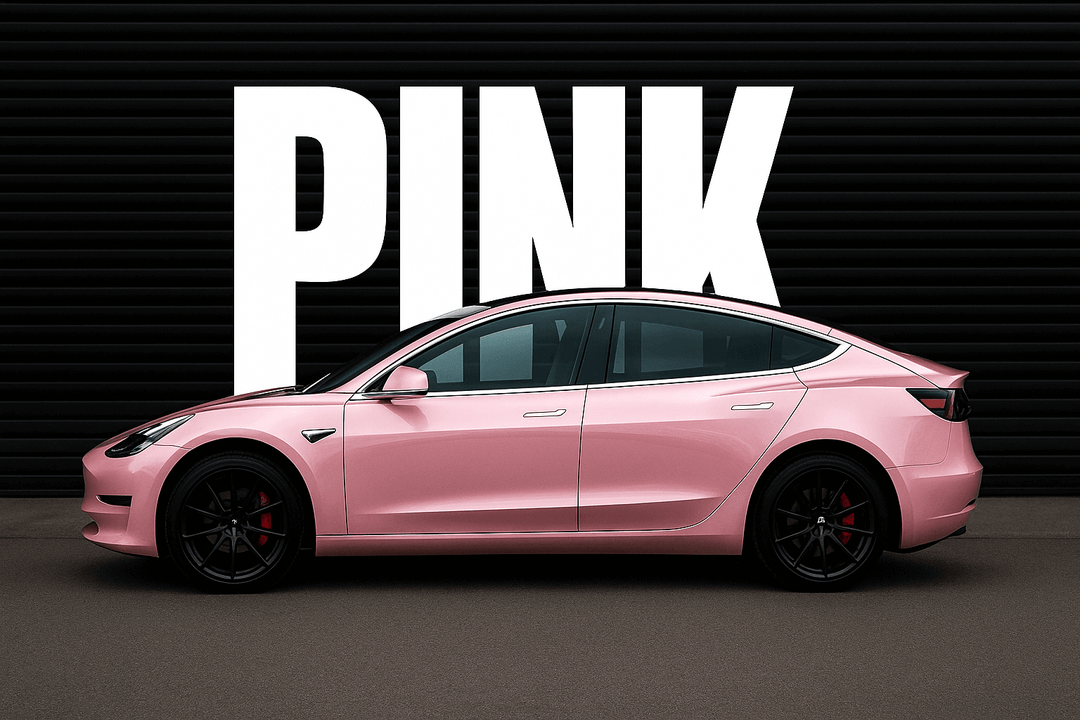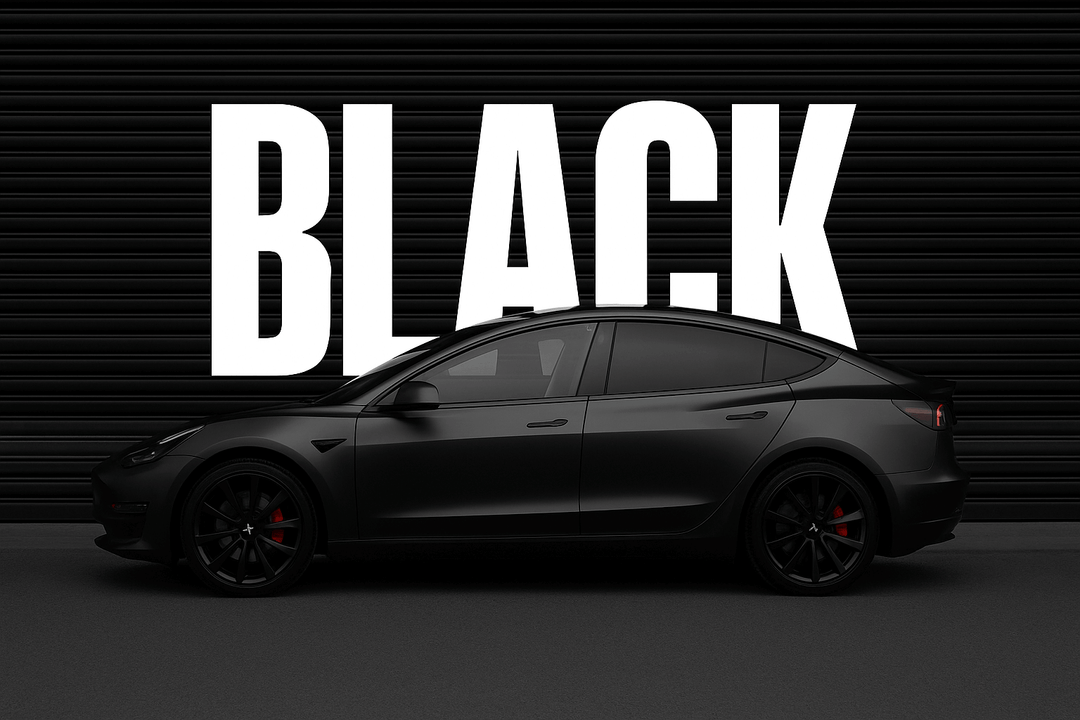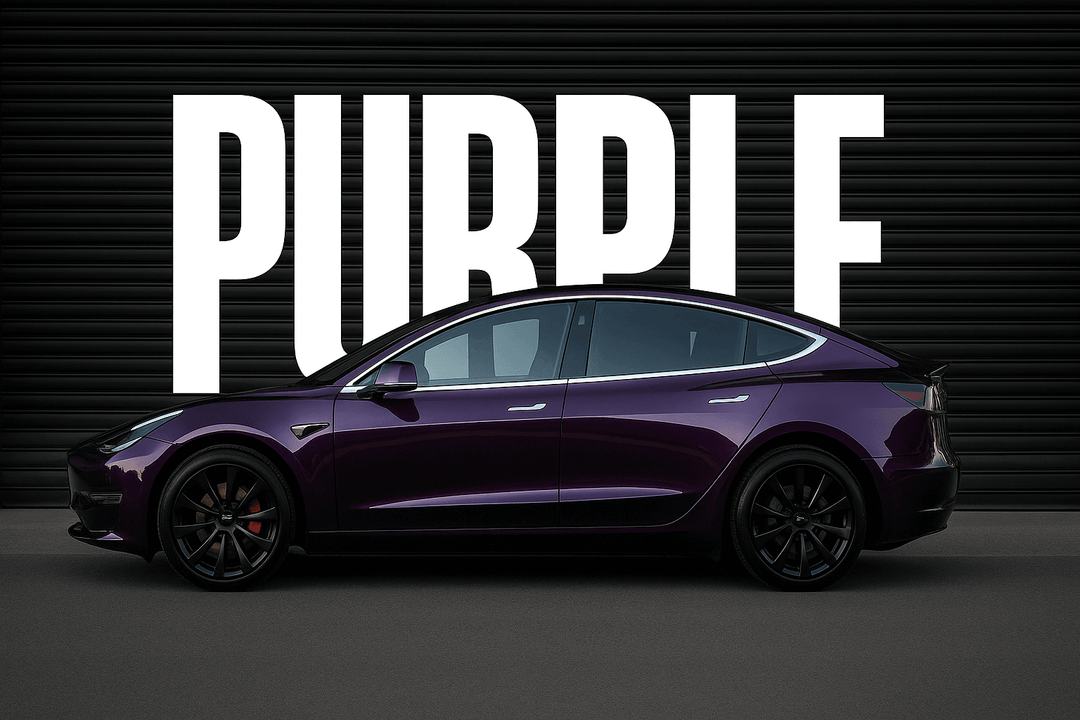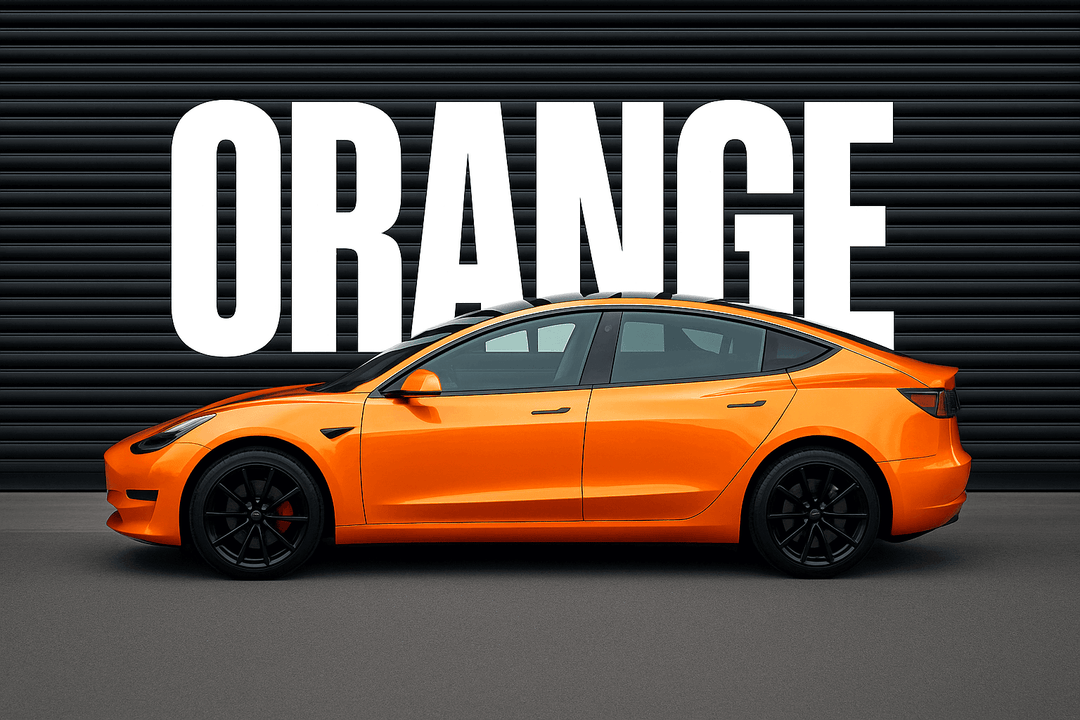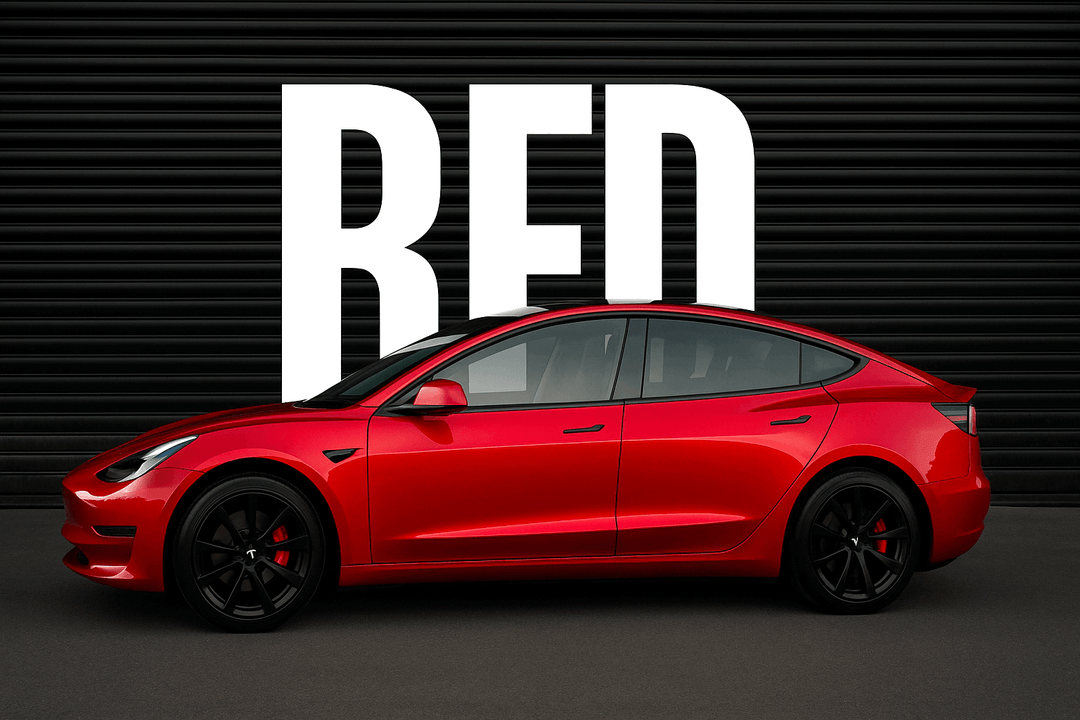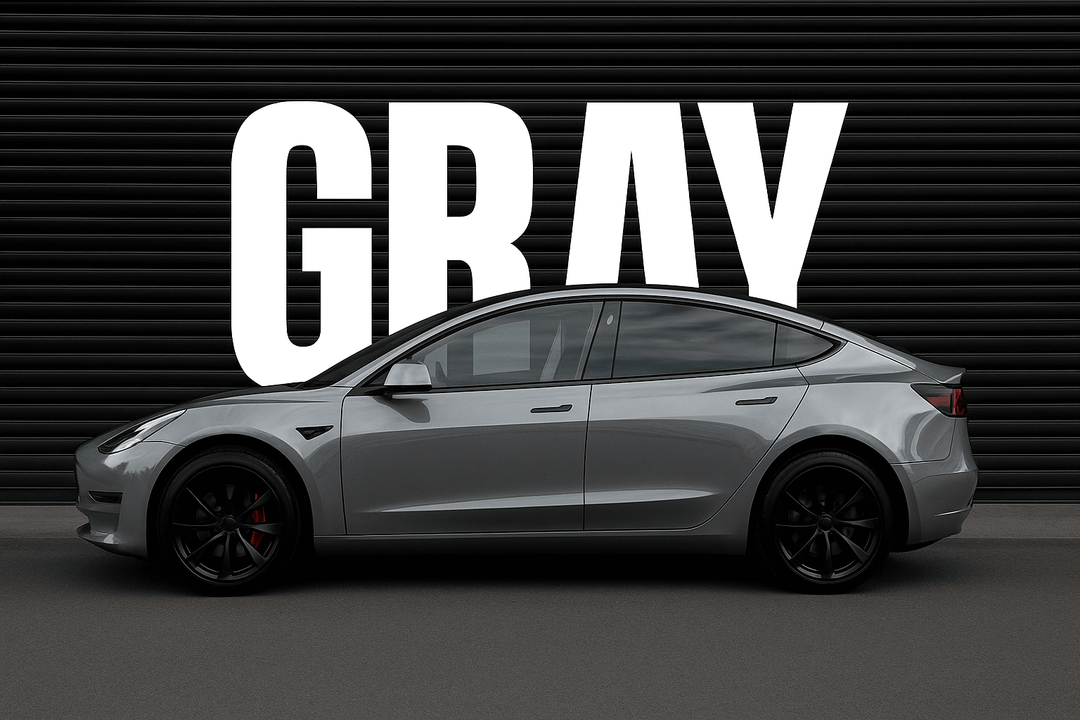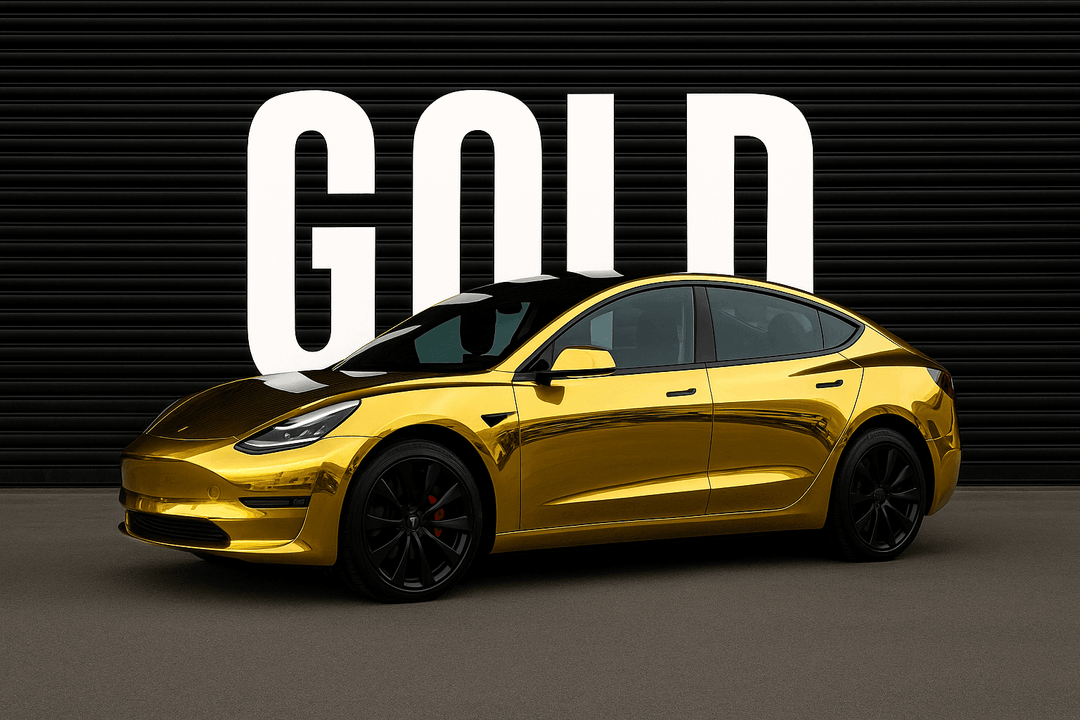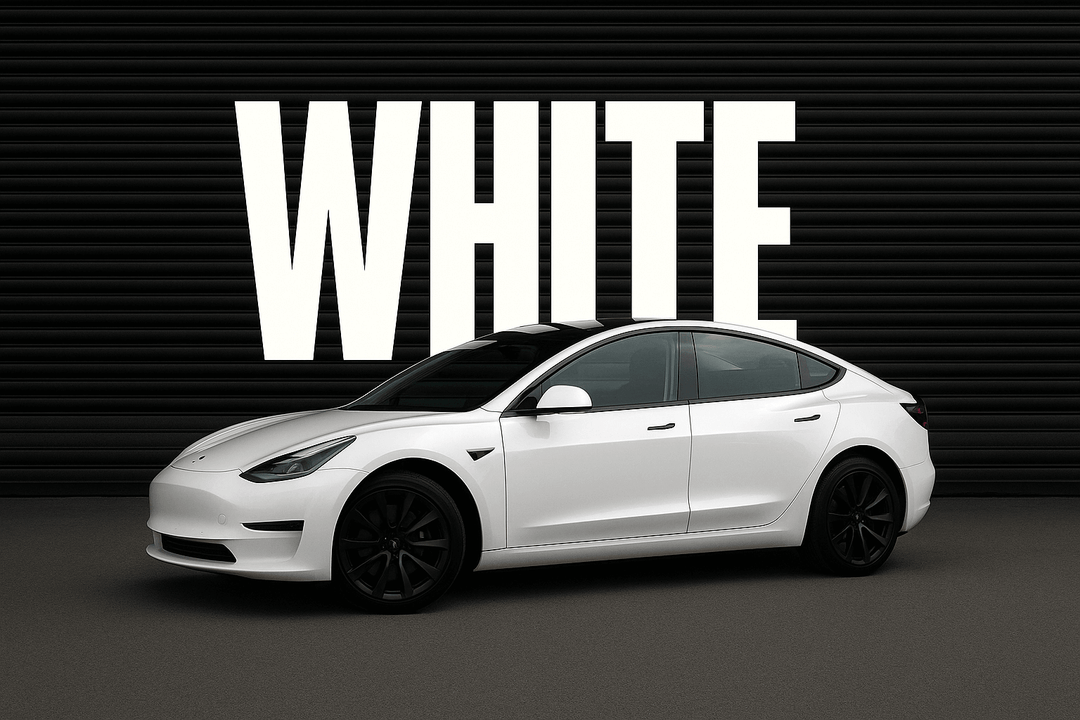Vinyl Wrap vs Paint Protection Film | How To Choose?
We often encounter customers who are confused about the differences between Paint Protection Film (PPF) and vinyl wraps, and they struggle with deciding which one is the better choice for their vehicle. In this blog post, our goal is to answer a common question: What’s better for you, PPF or vinyl wrap? By the end of this post, we hope to provide enough clarity to help you choose the film that suits your specific needs.
To start, let’s begin by explaining what each of these products is, along with their unique benefits and functions. Understanding what PPF and vinyl wraps are will help lay the groundwork for comparing their differences and deciding which option is right for you.

What Is PPF?
Paint Protection Film (PPF), also known as a clear bra, is a transparent, durable film layer that is designed to cover your vehicle's surface and protect its paint from damage like scratches, chips, and other forms of wear and tear. It’s made from thermoplastic urethane (TPU), a material known for its strong resistance to impact and abrasion. In addition to its protective qualities, PPF also repels harmful UV rays that can degrade a car’s paint over time, ensuring the finish remains vibrant and intact.
One of the standout features of most modern PPFs is their self-healing technology. It means the film can be restored after suffering minor scratches or scuffs, you simply heat it with a heat gun or leave it in the sun and the trace will disappear. This makes PPF especially valuable for vehicles frequently exposed to road debris, gravel, or harsh environments. Even if your car isn't used daily, PPF provides an extra layer of defense against UV radiation, acidic substances, and environmental contaminants like bird droppings or tree sap. With high-quality PPF, your car’s paintwork remains in pristine condition for years, offering a superior level of protection against the elements and daily hazards.
What Is Vinyl Wrap?
Vinyl wraps are adhesive-backed films made from polyvinyl chloride (PVC) that serve two main purposes: customizing a car’s appearance and providing a layer of protection against minor damage. While vinyl wraps offer aesthetic appeal, they don’t provide the same level of protection as paint protection films (PPF). However, they do protect the vehicle's surface from light scratches, chips, and fading.
Vinyl wraps are available in an extensive range of colors and finishes, including matte, glossy, and metallic vinyl options. Additionally, vehicle wraps can be customized with various textures, allowing car owners to enhance their vehicle’s look with designs like carbon fiber, chrome, or even custom patterns. You can cover the entire car or only specific sections with vinyl wrap, they are an ideal option to add a personal touch to a vehicle.
Vinyl wraps are also popular for businesses, as they provide an easy way to apply advertisements or logos to vehicles. However, it's important to note that vinyl wraps typically need to be replaced every 3-5 years. Over time, the color of the vinyl fades due to sun exposure, regardless of the brand. Despite this, vinyl wraps remain an excellent option for temporary customizations and aesthetic upgrades.
PPF and Vinyl Wrap Discrepancies
Though Paint Protection Film (PPF) and vinyl wraps share some similar qualities, they have key differences in terms of material, durability, and functionality.
Material
PPF is made from polyurethane, a flexible and transparent material that provides exceptional strength. This gives PPF its resilience and ability to conform to the curves of a vehicle, offering robust protection while remaining almost invisible. Vinyl wraps, on the other hand, are composed of polyvinyl chloride (PVC), which is less flexible. However, vinyl’s standout feature is its versatility—it can be dyed to virtually any color or even feature color-shifting effects and comes in various finishes such as gloss, matte, or metallic.
Thickness
PPF is significantly thicker than vinyl wraps. The thickness of these films is measured in mils (1 mil = one-thousandth of an inch). For reference, a typical bank card is about 30 mil thick. PPF ranges from 6.5 to 10 mil in thickness, providing a strong layer of protection against scratches and impacts. In contrast, vinyl wraps are much thinner, typically measuring around 4 mils. This makes vinyl wraps more suited for cosmetic purposes rather than heavy-duty protection.
Customization
PPF is designed purely for protection and doesn’t alter the appearance of your vehicle since it is clear. The only customization option is the finish, which may be matte or glossy. Vinyl wraps, however, offer extensive customization. Available in a wide array of colors, patterns, and textures, vinyl wraps can completely transform a car’s look, allowing for bold designs or subtle accents.
Protection
When it comes to safeguarding your vehicle, the level of protection differs significantly between PPF and vinyl wraps. Vinyl wraps protect minor external elements like UV rays, insects, and some scratches, but they fall short in defending against more substantial threats like moisture, tar, or chemicals. PPF, on the other hand, offers superior protection against scratches, dents, UV damage, and mechanical hazards. In regions with harsh weather conditions, such as heavy snow or rain, PPF is often the better choice for ensuring long-term protection.
Durability
Durability is a key distinction between Paint Protection Film (PPF) and vinyl wrap. PPF is highly resilient, offering protection against mechanical damage, chemicals, and extreme weather conditions. Its robust nature allows it to last up to 10 years or more, making it a long-lasting solution for vehicle protection. Vinyl wraps, while offering customization and some protection, typically need to be replaced every 3-5 years due to fading and wear.

Installation
The installation methods for PPF and vinyl wraps differ significantly. PPF is applied using a wet method, where the vehicle’s surface is moistened with a soap solution or specialized installation gel, allowing for flexibility and precision. Vinyl wraps are installed using a dry method, which can be more challenging as the material is less adjustable than PPF, so it requires skilled experts to operate to ensure a proper wrap on different panel configurations.

Price
Cost is another major factor when deciding between PPF and vinyl wrap. Vinyl wraps are more budget-friendly, and PPF, due to its advanced protective qualities, comes with a higher price tag. Partial PPF coverage starts at around $500, while full coverage can exceed $6,000. However, the investment in PPF pays off with superior protection and the potential to preserve a vehicle’s resale value over time.
Maintenance
Maintaining a vinyl wrap can be more demanding than PPF, it requires regular cleaning to prevent peeling to ensure the wrap stays intact. In contrast, PPF is less maintenance, its ability to repel dirt and debris minimizes the need for frequent cleaning, and its secure adhesion reduces the risk of detachment over time, making it more convenient for long-term care.
Warranty
Vinyl wrap warranties typically cover around 2 years, while PPF warranties can extend up to 5 years. The lifespan of both products is influenced by the quality of installation and the condition of the vehicle's surface. If your vehicle has been repainted, it may shorten the lifespan of both PPF and vinyl wrap. Furthermore, a poorly executed installation could lead to premature wear or peeling, regardless of the product's potential durability.
Should I Choose PPF or Vinyl Wrap?
To help you make an informed decision between Paint Protection Film (PPF) and vinyl wraps, here’s a comparison chart highlighting their key features and differences:
| Feature | Paint Protection Film (PPF) | Vinyl Wrap |
|---|---|---|
| Material | Polyurethane (flexible, transparent) | Polyvinyl Chloride (PVC) with color and finish options |
| Thickness | 6.5 - 10 mil (thicker, more protective) | ~4 mil (thinner, less protective) |
| Durability | Lasts up to 10+ years | Lasts 3-5 years |
| Protection Level | Excellent protection against scratches, dents, chemicals, UV rays, and environmental factors | Limited protection (minor scratches, UV, and light debris) |
| Customization | Clear film, available in glossy or matte finishes | Wide range of colors, textures, and finishes (gloss, matte, metallic) |
| Installation Method | Wet installation (soap solution/gel) | Dry installation |
| Installation Flexibility | More flexible, easier to apply on complex surfaces | Less pliable, requires expert precision |
| Price | High: $6,000+ | More affordable: ~$3,000 - $5,000 for a full wrap |
| Maintenance | Low maintenance, self-healing, dirt-repellent | Requires regular cleaning to prevent peeling |
| Warranty | 5 years | Typically 2 years |
| Effect on Appearance | Clear, preserves original paint | Completely transforms the vehicle's look |
| Ideal for | Long-term protection, maintaining resale value | Customization, temporary design changes |
The Final Word
To be honest, your practical needs are the most important factor when choosing between PPF and vinyl wrap. If your primary goal is to give your car a fresh, vibrant look with a shiny or matte finish, vinyl wrap is the perfect option. But if protecting your vehicle’s paint from scratches, dents, and environmental hazards is your top priority, then it is PPF.
The decision between these two options may seem challenging, but this article should provide you with the clarity needed to determine which solution best suits your vehicle's needs.



